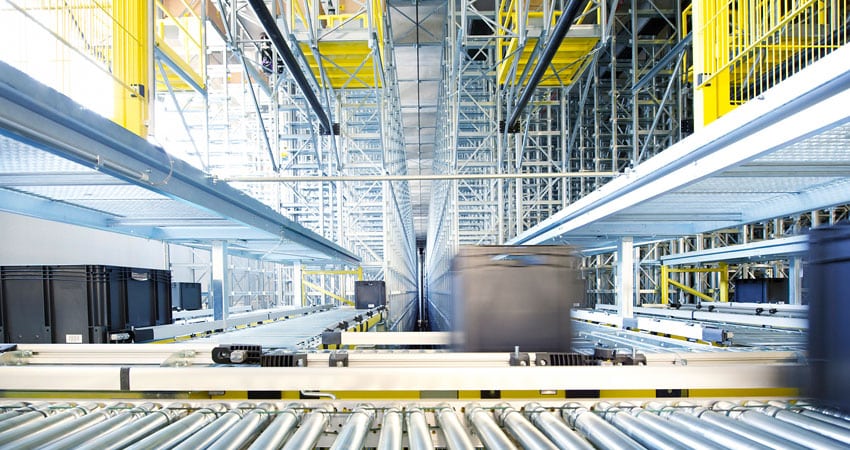Despite all the advances in warehouse automation in ecommerce fulfillment, enabling greater efficiency and addressing the common difficulty of finding enough workers to perform the highly repetitive, physical tasks, most organizations are not looking to jump in with both feet.
In fact, a 2022 survey by Modern Materials Handling found that as much as 90% of organizations had not implemented warehouse automation technology, as we cited in a report on automation trends.
Nick Pellegrino, COO of third-party logistics firm Boxzooka, certainly understands this view. A former EVP of parcel and fulfillment services for Newgistics, then Pitney Bowes after the firm was acquired, Pellegrino is very familiar with capital-intensive warehouse automation installations. These have included autonomous mobile robots (AMR), goods-to-person systems and automated storage and retrieval (AS/RS).
“I’ve been through all that,” he said. “There’s a time and a place for it when a business reaches a certain scale that requires automation, especially to try to eliminate repetitive, non-value-added activities. But for us, serving premium brands, we don’t want to be the biggest fulfillment provider, but we do need to provide a high level of flexibility and customization.”
Pellegrino said all kinds of warehouse automation tools are still on the table as the company looks to expand, just not in the consideration set at the moment for a variety of reasons. Boxzooka’s brand clients include La Ligne, Bandier, M.M. Lafleur, Weworewhat and Onia.
Pellegrino said automation, including warehouse robotics, can sometimes place limitations on an operation’s flexibility. For instance, he said, Boxzooka is looking to switch to craft paper vs. petroleum-based polybags for a client that wants to improve its sustainability profile. In that instance, he said, the vacuum gripper on a robotic arm might have difficulty grasping the new material without destroying it.
“When you’re making an automation decision, it could create these kinds of flexibility issues,” he said. “As a customer’s order profile shifts, from so many orders per day, or now they launch a new product in apparel, or get into perfumes, colognes and cosmetics from an acquisition, we need to say yes and figure it out.”
Pellegrino said Boxzooka addresses the need for flexibility and customization by tapping its homegrown WMS and cross-training associates on a variety of tasks. Its multi-client fulfillment centers, averaging about 100,000 square feet, are located in New Jersey, Nevada and Pennsylvania.
“A lot of the time, companies have the right (automation) solution, but they haven’t really contemplated all the IT integrations,” Pellegrino said. “WMS TMS, ERP all interface with automation, and sometimes they don’t realize what it takes on the tech side to integrate. You have to pull out a lot of costs to justify. Our WMS is helping us postpone decisions on warehouse automation right now.”

